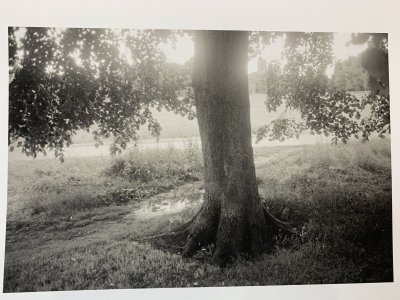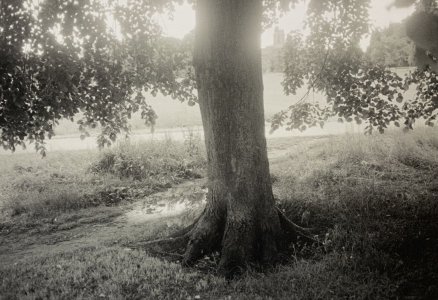To me, that says 'poor image processing.' I had the same reaction when my friends bought one of the latest generation televisions with super high resolution and cranked it up to what, to them, was its sharpest rendering ... We put on Frank Capra's "Lost Horizon" and ... ugh! I had a headache in five minutes and went to bed. Many digital cameras have rather mediocre in-camera JPEG engines that do similarly.
A camera, film or digital, is a recording device. What you do with the information that they record is what matters. Film work with good lenses is bitingly sharp and literal if that's what you want, the same goes for digital capture. You just have to learn the tools and know how to get what you want from the captured information.
I'm not a fan of the crunchy-sharp photo, nor am I driven to the pastel blurriness of mucho-blur-romanticism. I look to make photos that have something of intriguing detail in them, hints of emotional movement, and that allow the eye to rest and see clearly. Do I achieve it all the time? Hah! Likely not ... but it isn't the camera, film or digital, that is at fault.
😉
G
PS: My friend Jack was following me onto the freeway the other evening and he made this photo of me in my Fulvia Coupé... What better camera to make such a photo, on the fly, than a smartphone? I love it, wish I'd taken it. Whether it was made with digital or film is completely irrelevant: I think it is a beautiful photo despite the Olde Fahrte in the driver's seat!
😀
 Heading Home - Redwood City 2024
Heading Home - Redwood City 2024
Photo by Jack Walshe






